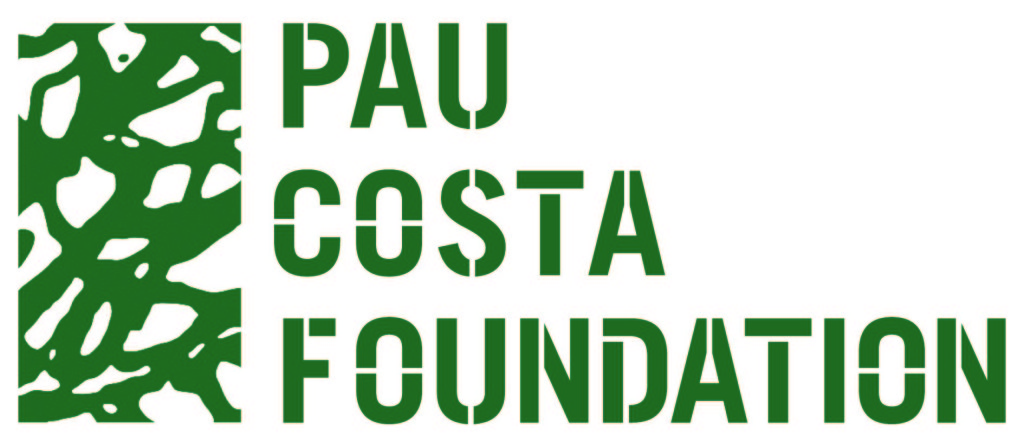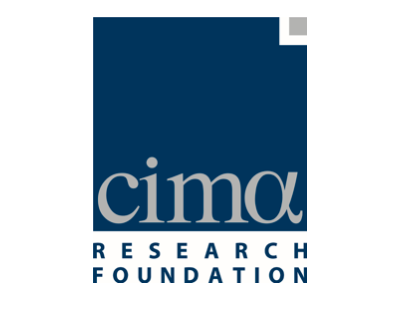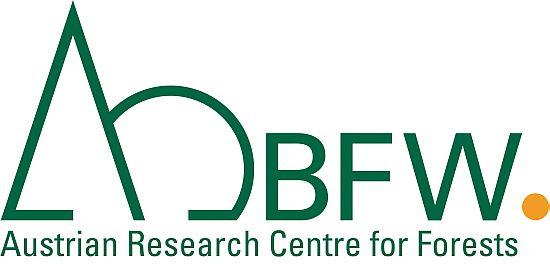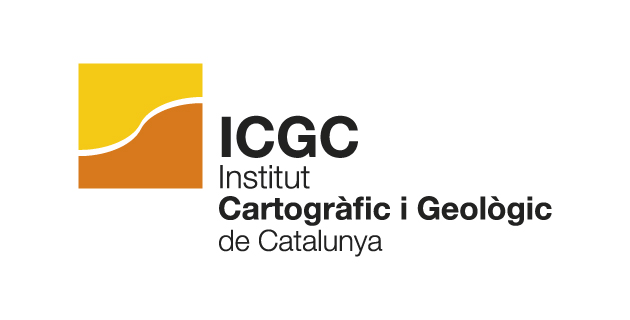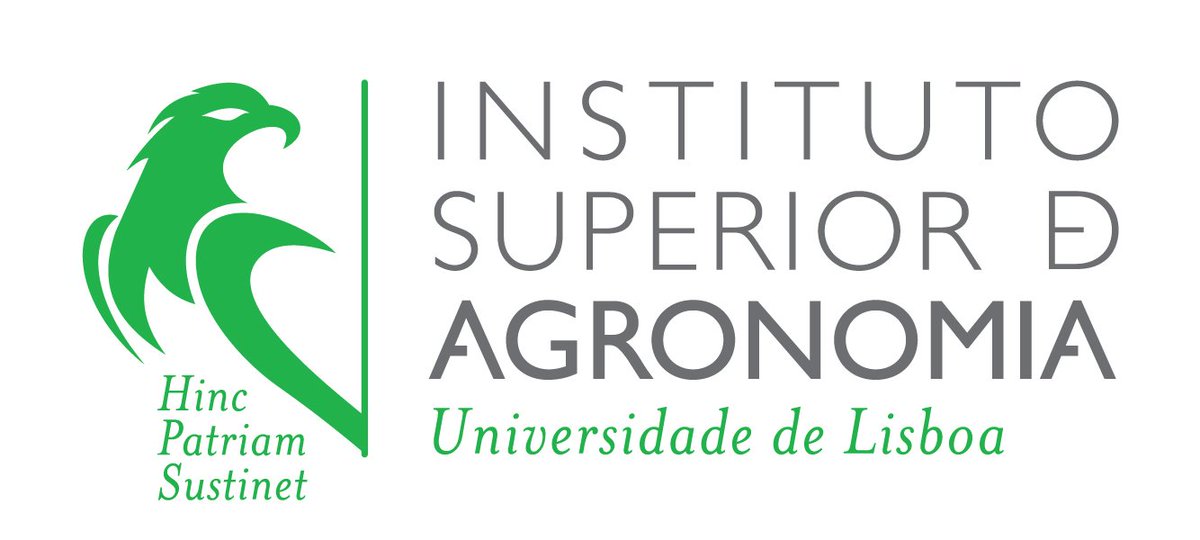In the framework of the RECIPE project, CIMA Research Foundation will produce two operative tools for reinforcing civil protection capabilities in the context of climate change: the guidelines for flood risk civil protection planning with participatory approach and a prototype tool (a virtual living lab) for monitoring participatory process.
The first one will be an operative protocol, useful for implementing a local participatory process for Civil Protection planning, involving institutions at different level. It will be a booklet containing a roadmap for developing the different steps of a participatory process, most suited to the local conditions. These operative guidelines will be written on the basis of a participatory process implemented in the pilot case and will be addressed to the CP stakeholders and Municipal administrators and technicians.
Regarding the prototype tool, the idea is to start creating a kind of a virtual living lab to better monitor the process, track each phase of the process and to engage more stakeholders, turning the process into a good practice in the context of COVID -19, with a long term prospective. This virtual living lab could improve and support the stakeholders engagement, favoring the on line participation and giving the opportunity of following the process in remote or in delayed way.
The idea behind these tools is that the participatory process for CP planning would reinforce the capacity of the civil protection to cope with future natural hazards since it would develop a “social” ground, able to produce an improvement in future risk governance, “making ” the local community and technicians more aware of their territory – in terms of its needs, vulnerability and opportunities – and of their role for better managing it, also by collaborating for preventing future risks.
In this way, referring to the Disaster Management Cycle, the CP planning could be seen as a tool of Preparedness, but also of Prevention and Mitigation, focusing on understanding and dealing with impacts of disasters and emergencies.
As pilot case, a group of 5 coastal countries (Monterosso al Mare, Vernazza, Corniglia, Manarola, and Riomaggiore) called “Cinque Terre”, located in Liguria Region (Italy) have been chosen.
The coastline, the five villages, and the surrounding hillsides are all part of the Cinque Terre National Park, a UNESCO World Heritage Site. This area is a popular tourist’s destination, and its landscape consists of terraces, built by the people in the past centuries for having the opportunity to cultivate and farm, and so survive in this hard territory.
These operas gradually have changed the ecosystem and in recent years, the abandonment of the farming and the rural exodus have weakened the important role of the terraces in terms of water retention, producing an increasing of flash flood risk. Moreover, the agricultural abandonment itself and the chronic lack of forest management have favored the new colonization of pines, that hand by hand are going down in the abandoned terraces, incrementing the forest fire risk. The pines presence from one side and the abandonment of the terraces from the other side produce a fragile equilibrium, that is easily threaten after a wildfire or a heavy rain.
All these elements are producing a high flash flood and WUI fire risks. To give an idea, the flood occurred in the 2011 affected all the villages of the Cinque Terre territory, with a damage that amounted to millions of euros and 13 people died.
In the pilot case, a participatory process with the local community will be implemented for identifying the best CP actions able to deal with the flood risk, at the actual situation but also with a perspective of climate change and future risk scenarios. In particular, the focus of the pilot case is the tourism flow management in the case of a hydrogeological/flood issue in the territory. This focus claims for the engagement of different institutions and bodies at different levels: the Municipalities, the Region, the Prefecture, the National Park of Cinque Terre and also transportation bodies, such as the State railway.
Since now, three interinstitutional tables have been organized, aimed at presenting the project, discussing the objectives and the path’ steps. Moreover, a training course has been organized dedicated to technicians and administrators of the 3 municipalities involved, with the objective of creating a intermunicipal Working Group and better understand their procedures and capacities. The training course was provided through the Moodle Platform and it was recorded also to feed the prototype tool for monitoring the participatory process.
Linee guida per la pianificazione di protezione civile per il rischio alluvioni con approccio partecipato con uno strumento prototipale per monitorare il processo partecipato
Nel quadro del progetto RECIPE, Fondazione CIMA ha intenzione di realizzare due strumenti operativi per rafforzare le capacità del sistema di protezione civile, anche in un’ottica di risposta alla necessità derivanti dal cambiamento climatico. Tali strumenti sono: Linee guida per la pianificazione di protezione civile (PC) specifica per il rischio alluvioni con approccio partecipato e uno strumento prototipale (living lab virtuale) per monitorare il processo partecipato.
Il primo strumento consisterà in un protocollo operativo, utile per implementare un processo partecipativo a livello locale per la pianificazione di protezione civile, coinvolgendo le istituzioni ai diversi livelli. Esso avrà forma di un libretto, contenente, fra le altre, la roadmap per lo sviluppo delle diverse fasi del processo partecipativo, più adatto alle condizioni locali. Queste linee guida saranno scritte sulla base delle risultanze del processo partecipativo sviluppato nel caso pilota e saranno indirizzate agli stakeholders del sistema di Protezione Civile, agli amministratori e ai tecnici comunali.
Per quanto riguarda il secondo strumento, l’idea è di avviare la creazione di una sorta di living lab virtuale per monitorare meglio il processo, tracciarne ogni fase e coinvolgere più stakeholder, trasformando il processo in una buona pratica nel contesto di COVID -19, con una prospettiva di lungo termine. Questo living lab virtuale potrebbe migliorare e supportare il coinvolgimento degli stakeholder, favorendo la partecipazione on line e dando l’opportunità di seguire il processo da remoto o in differita.
L’idea alla base di questi strumenti è che il processo partecipativo per la pianificazione di Protezione Civile e quindi il coinvolgimento dei cittadini in tale processo vada a rafforzare la capacità del sistema di protezione civile nel far fronte ai futuri rischi naturali. L’approccio partecipato infatti va ad incidere sulla costruzione di quel “terreno sociale”, che potrà produrre e migliorare la governance del rischio, e sul rafforzamento della consapevolezza da parte della comunità locale e dei tecnici del rischio presente sul territorio – in termini di bisogni, vulnerabilità e opportunità – e del possibile ruolo che essi possono esercitare per migliorare la gestione del rischio, anche attivando dinamiche di collaborazione.
In questo modo, nel contesto più ampio del ciclo della gestione del rischio da disastri, la pianificazione del Protezione Civile riveste il duplice ruolo di strumento di preparazione, ma anche di prevenzione e mitigazione, andando ad intervenire nella migliore comprensione e gestione degli impatti derivanti dagli eventi calamitosi.
Il sito pilota scelto per realizzare e sperimentare questi due strumenti sono i Comuni delle 5 Terre (Monterosso al Mare, Vernazza e Riomaggiore).
Tali Comuni fanno tutti parte del Parco Nazionale delle Cinque Terre, che è inserito nella lista del Patrimonio Mondiale dell’Umanità. Questo territorio, che è diventato una destinazione turistica molto popolare, è caratterizzato da un paesaggio costituito da terrazzamenti, costruiti dagli abitanti nei secoli passati per poter coltivare e produrre, e così sopravvivere in questo duro territorio.
Tali opere di ingegneria naturalistica hanno gradualmente cambiato l’ecosistema. Negli ultimi anni, l’esodo rurale e il conseguente abbandono dell’agricoltura hanno indebolito l’importante funzione svolta dai terrazzamenti in termini di ritenzione idrica, producendo un aumento del rischio di alluvioni. Inoltre, l’abbandono agricolo e la cronica mancanza di gestione forestale, tipica di questo territorio, hanno favorito la ricolonizzazione dei pini, che si stanno riappropriando dei terrazzamenti abbandonati, aumentando il rischio di incendi boschivi.
La presenza di pini da un lato e l’abbandono dei terrazzamenti dall’altro lato producono un fragile equilibrio, che può essere facilmente minacciato, in seguito ad incendio o ad una forte pioggia.
Tutti questi elementi producono un elevato rischio da alluvione e da incendi sul territorio. Per dare un’idea dei danni che tali fenomeni possono creare sul territorio, basta ricordare che durante l’alluvione verificatasi nel 2011 che aveva colpito tutti i comuni di questo territorio, il danno rilevato è stato di milioni di euro e 13 persone sono morte.
In questo territorio, verrà quindi realizzato un processo partecipato che coinvolgerà la comunità locale, per identificare le migliori azioni di Protezione Civile che siano in grado di affrontare il rischio alluvione attuale e anche con una prospettiva futura legata agli impatti dei cambiamenti climatici. In particolare, il caso pilota si focalizzerà sulla gestione del flusso turistico in caso di un’allerta idrogeologica sul territorio. Questo tema richiede necessariamente il coinvolgimento di diverse istituzioni ed enti a diversi livelli territoriali: i Comuni, la Regione, la Prefettura, il Parco Nazionale delle Cinque Terre e anche gli enti di trasporto nazionali, come le Ferrovie dello Stato.


